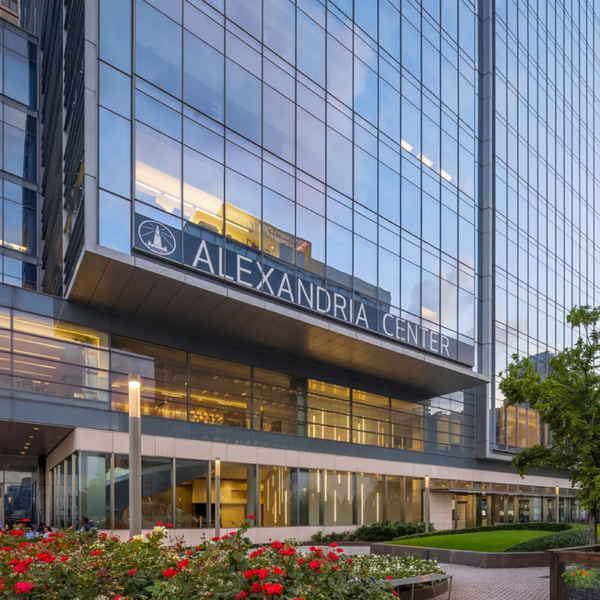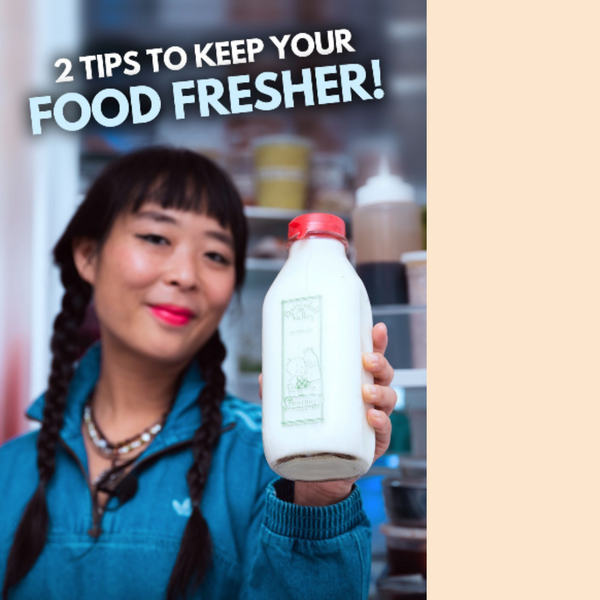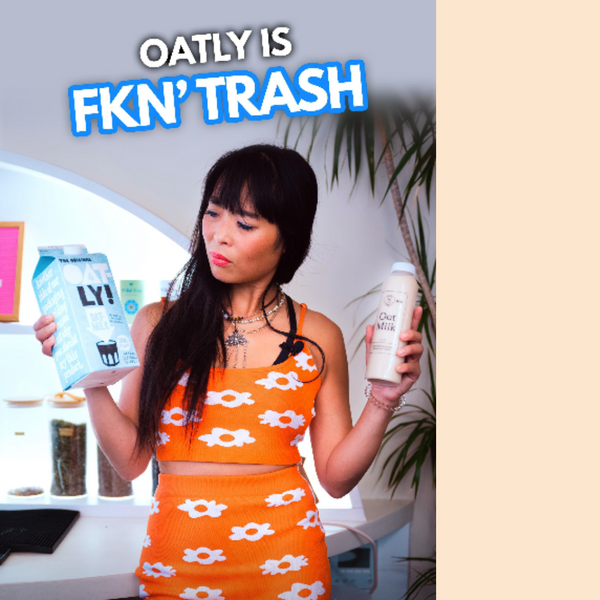COVID-19 Shines a Light on New York City’s Problem of Food Insecurity

While the Covid-19 pandemic has put a spotlight on food insecurity in the US, the truth is that millions of Americans have always been food insecure and millions of more people are newly at risk of becoming food insecure. Before the coronavirus pandemic, an estimated 37 million Americans were food insecure. Theoretically, the cycle of ever-present food insecurity comes from current systems in place in the US, including, but not limited to, the urban political economy. To put it in its most basic terms, urban political economy creates a justification for wealth disparity in the name of economic productivity. The city is a mechanism for wealth accumulation and those in power who generate economic growth (most often wealthy white professionals with advanced degrees) are given better resources which leads to social and economic inequality. Therefore, poor neighborhoods are not given equal access to healthy food and are often overlooked in urban improvement projects because they “do not contribute” to economic growth and their needs are given lower priority. While this may seem extreme, it is simply part of the design of capitalism. Ultimately, food insecurity is not the goal of capitalism, but rather a consequence.
Food insecurity may seem like a self-explanatory term, but it is more nuanced. Food insecurity does not always mean “starving”. It is also the constant fear of possibly starving, or not having access to food with nutritional value. Many people who are food insecure in New York City live in food deserts, or neighborhoods lacking in fresh food. People who live in these neighborhoods either have to travel to go to well-stocked grocery stores (and often can’t due to the cost of transportation) or they simply eat what is available to them – highly processed food, fast food, dollar store selections of shelf stable items, and the like. It is also not surprising that the majority of food deserts are neighborhoods with high rates of poverty. Those who are food insecure tend to have higher rates of diet-related diseases such as obesity and diabetes, inevitably making them a more vulnerable population during health crises such as what we have seen during the Covid-19 pandemic.

Prior to the pandemic, 2 million New Yorkers were already food insecure. Several community districts in the Bronx, Brooklyn and Queens experience a high meal gap index which estimates meals missing per household. For example, if a single household can afford one meal per day, the household meal gap would be 2 for the two meals that are not eaten. These missed meals add up quickly. Data collected by the Food Bank for New York City (pre-Covid) shows that “the meal gap for New York City is nearly 208 million; that is, New York City residents who experience food insecurity fall short of an adequate diet by 208 million meals in a single year. New York City’s meal gap makes up over half (51.7%) of New York State’s meal gap.”
There’s a misconception that developed countries don’t have serious problems with food security, but that’s just not the case. If more wealthy nations started to draw awareness to the issue, the stigma may go away and the conversation could open up and lead to better relief efforts. It is important to note that, a third of food insecure Americans may not even qualify for federal benefits which means that even though there are programs in place like SNAP, they are not being utilized as they could be. Finally, food justice is racial justice as issues of food insecurity disproportionately affect minorities.
So, how did food insecurity balloon since March? New Yorkers who work in food service or hospitality were most affected by the pandemic in that they are the most likely sector to become food insecure. They live paycheck to paycheck and for many, their income was abruptly cut off in March. We can all think back to the spring when the pandemic first hit. People were stockpiling food and grocery store shelves were being wiped out of certain goods. These behaviors seen early in the pandemic are not conducive to living in poverty and created more food insecurity for those who were already living it. For families that struggle to pay for food on a regular day, there was no room for stocking up. Panic buying and stocking up on staples wasn’t accessible for many food insecure homes and therefore, they were left with fewer resources and less ability to have food items to use at home when quarantining.
Prices of groceries also have gone up in recent months due to demands on the supply chain which created a price point beyond what many families can afford. New York County has meal costs that are twice as high as the national average. The Current Population Survey (CPS) estimates that an average of $64.89 is spent per person on groceries each week. When divided by 21 meals, that equates to $3.09 per meal. In a city like New York, that does not go far - leading to diets high in processed carbs and very low in fresh produce. For households struggling to pay rent, utilities and transportation, the increased cost of food in New York can be the difference between eating and starving.
So, what is being done to help in this public health crisis? Since the beginning of the pandemic, regular people have sprung into action for grassroots volunteerism categorized as “mutual aid”. Mutual aid is a reciprocal voluntary exchange of services or resources that results in mutual benefit. For example, feeding food insecure communities and taking responsibility for caring for others, which in turn spurs political change. Traditionally, food aid is not mutual aid because it does not directly address the underlying issues that have created these uneven systems in the first place. Food banks often take donations from large food corporations. By doing so, the corporations can increase their PR but maintain corporate power and the underlying issues of the urban political economy are not changed. In fact, traditional forms of aid may even maintain the status quo. Ultimately, mutual aid is a traditional relief effort that is inherently linked to political and systemic change. Recipients are not categorized as helpless, but rather part of the change movement which builds stronger communities and solidarity in the movement. A Civil Eats article explains, “Mutual aid projects are distinguished from philanthropic-driven charity and simple generosity by four main principles: self-organization, egalitarianism, direct action, and the desire for social transformation.”
Many new initiatives have been quickly established in New York City, across the country, and within our own communities to support families and individuals who have been made food insecure from the current crisis. World Central Kitchen established #ChefsForAmerica in order to provide individually packaged fresh meals to communities in need. To date, they have provided more than 25 million meals in over 400 cities. New York City government agencies have established Get Food NYC, an interactive map that shows locations across the city to pick up free meals. Grab and Go meals are available at public school locations for children and adults in need. Two well established organizations, City Harvest and Feeding America, are holding food drives with the tag #GetHealthy, to collect items for those who cannot afford them. Local Roots has joined the relief effort by donating to Community Solidarity, In Our Hearts NYC, and Food with Fam. Additionally, Local Roots directly drops off fresh, local ingredients to community fridges.
Community fridges have become a new buzzworthy initiative. Community fridges have been popping up in areas of need around the city since February. The Bronx has the highest rates of virus infections, hospitalizations and deaths, and is also a food desert. This has been an area that has benefited from community fridges, which are exactly what they sound like - refrigerators placed on sidewalks and painted with “free food.” They are operated on a basis of trust with no questions asked where people can freely walk up and take out what they need - either fresh food or prepackaged meals. Resources can be found at Freedge.org. This is a form of mutual aid that reduces food waste and feeds those who need it. Reducing food waste is also beneficial to the environment as 30% of food produced in the US is wasted on an annual basis. The movement to get more fridges out there is growing and this could lead to long term network of free produce for high need communities.

These are just a few initiatives that responded quickly to the need and the rapid establishment of these resources shows that cities can unite to make meaningful change. When the pandemic subsides and the world goes back to normal, we must all remember the urgency that was felt to help those who need it most. While the work being done now is essential and commendable, it is far more important that we as a city find long term solutions to food security to ensure that we are better prepared for another crisis.
If you would like to get involved, here are some great organizations working with marginalized communities:
- Sovereign Earth Cares - Sovereign Earth Fridge - focused on mutual aid and established in January “We Provide Men, Woman and Children with Plant Based Eats, Upcycled Clothing, Mutual Aid & Support and Community based Workshops as well as Mental, Spiritual & Emotional Support.”
- Black Urban Growers (BUGS) - An organization committed to building networks and community support for growers in both urban and rural settings. Through education and advocacy around food and farm issues, we nurture collective Black leadership to ensure we have a seat at the table.
- Food Chain Workers Alliance - A coalition of worker-based organizations whose members plant, harvest, process, pack, transport, prepare, serve, and sell food, organizing to improve wages and working conditions for all workers along the food chain. The Alliance works together to build a more sustainable food system that respects workers’ rights, based on the principles of social, environmental and racial justice, in which everyone has access to healthy and affordable food.
- Food First - Growing food justice in North America, working towards global food sovereignty, advancing sustainable food systems.
- Community Food Advocates - Access to nutritious food is a basic income and food equity issue and is essential to the quality of life of all New Yorkers. To that end we use advocacy, organizing, and coalition building grounded in solid policy and budget analysis to improve New Yorkers’ access to food.
Local Roots has always worked towards a more equitable food system with several impact-driven actions. Every week, we donate excess produce leftover from our deliveries. Members are given the option to donate their ingredients when pausing their subscriptions. At the end of each season, we calculate the entire value of donated orders and donate that amount of food towards a community organization. Now, as part of our COVID relief, we are donating 2 weeks worth of vegetable shares to healthcare and restaurant workers impacted by COVID-19. (If you know any essential workers in need, they can apply here.) Members who purchase a COVID relief 2-week starter kit can directly support a healthcare or restaurant worker in need. Since March, we have donated more than $5,000 in produce and plan to continue this initiative as long as there is still need. Food security is something we take seriously at Local Roots and we are grateful for our entire community that is working to make New York City a little more equitable, one veggie at a time.
Article written by Local Roots NYC Volunteer, Jessica Schwartz. Jessica received her MA, Theories of Urban Practice from Parsons School of Design where she focused on urban agriculture and equitable food systems.
First image credit: https://www.nytimes.com/2020/04/08/business/economy/coronavirus-food-banks.html
Meal Gap Map image credit: https://www.foodbanknyc.org/wp-content/uploads/Meal-Gap-Trends-Report-2016.pdf
Community Fridge image credit: https://www.nytimes.com/2020/07/08/nyregion/free-food-fridge-nyc.html
Rather have a taste first?
Local Roots Experiences are fun, pop-up events where we bring the farm to you!
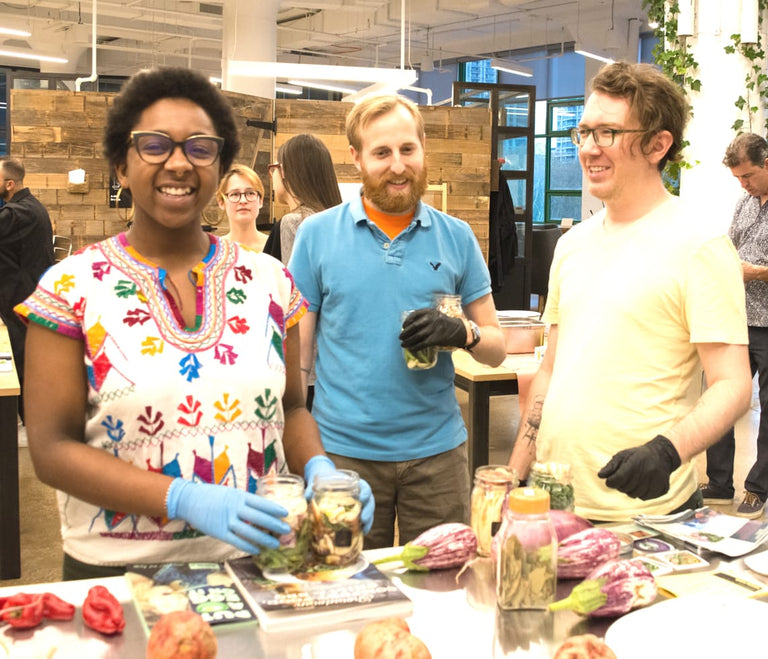
Become a Harvest Club Pick Up Location
Are you a NY based cafe, bar, or neighborhood business? Become a Harvest Club pick up location and have community members come to your establishment each week to pick up their Local Roots harvest.
Top

